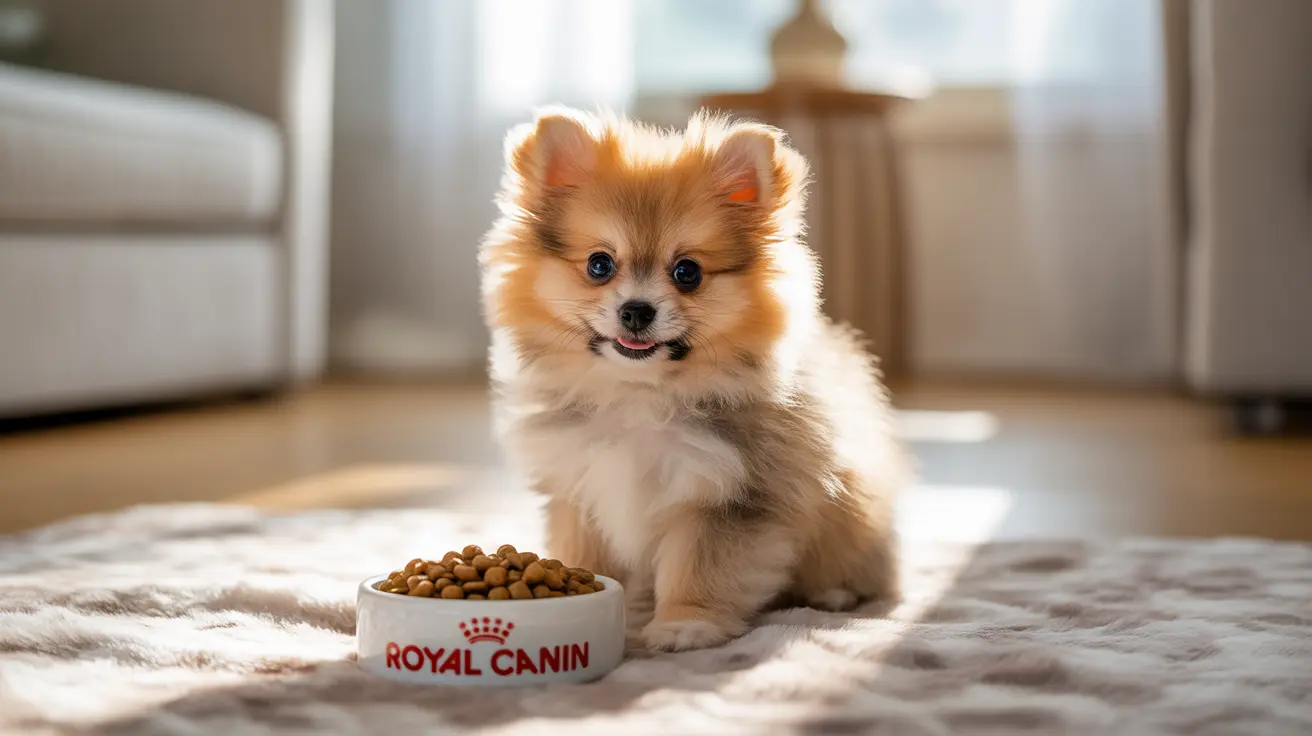For dog lovers fascinated by pocket-sized companions, the tiny Pomeranian represents one of the most charming and compact breeds available. These diminutive dogs, whether standard-sized or extremely small, capture hearts with their fox-like faces and plush coats. However, before falling in love with these miniature canines, it's crucial to understand what makes them unique and the special considerations they require.
In this comprehensive guide, we'll explore everything you need to know about tiny Pomeranians, from their distinctive characteristics to essential care requirements and potential health concerns. Whether you're considering adding one to your family or simply curious about these pint-sized pups, this article will provide valuable insights into these beloved companion dogs.
Understanding Tiny Pomeranians: Size and Classification
When discussing tiny Pomeranians, it's important to note that the American Kennel Club (AKC) recognizes only one official Pomeranian breed standard. The term "tiny" or "teacup" Pomeranian is primarily a marketing term used to describe Pomeranians that are smaller than the standard breed size.
Standard Pomeranians typically weigh between 3-7 pounds and stand 7-11 inches tall. Those marketed as "tiny" or "teacup" usually weigh under 3 pounds, though this extremely small size often comes with significant health implications.
Health Considerations for Miniature Poms
Tiny Pomeranians, especially those bred to be extremely small, face several health challenges that potential owners should be aware of:
- Hypoglycemia (low blood sugar)
- Fragile bones prone to fractures
- Dental problems due to overcrowded teeth
- Respiratory issues
- Heart conditions
- Collapsed trachea
Regular veterinary check-ups are essential for monitoring these potential health issues and ensuring proper preventive care.
Daily Care Requirements
Caring for a tiny Pomeranian requires dedicated attention to several key areas:
Feeding and Nutrition
These small dogs need carefully portioned, high-quality food served multiple times daily to prevent hypoglycemia. Their tiny size means even slight nutritional imbalances can have significant health impacts.
Exercise and Activity
Despite their small size, tiny Pomeranians need regular exercise, though in moderation. Short walks and indoor play sessions are ideal, always monitoring for signs of fatigue or overexertion.
Grooming Needs
Their luxurious double coat requires regular maintenance:
- Brushing 2-3 times weekly
- Professional grooming every 6-8 weeks
- Regular nail trimming
- Dental hygiene maintenance
Living Environment and Safety
Creating a safe environment is crucial for tiny Pomeranians:
- Install ramps or steps for furniture access
- Use protective gates near stairs
- Keep them away from larger pets
- Supervise outdoor activities
- Maintain comfortable room temperature
Socialization and Training
Early socialization and consistent training are essential for developing well-adjusted tiny Pomeranians. Despite their small size, they need structure and boundaries to prevent small dog syndrome.
Frequently Asked Questions
What is the difference between a Teacup Pomeranian and a standard Pomeranian?
The main difference lies in size - standard Pomeranians weigh 3-7 pounds, while "teacup" versions weigh under 3 pounds. However, "teacup" is not an official classification but rather a marketing term.
Are Teacup Pomeranians recognized as a separate breed by official kennel clubs?
No, kennel clubs do not recognize teacup Pomeranians as a separate breed. There is only one official Pomeranian breed standard.
What are the common health risks associated with owning a Teacup Pomeranian?
Common health risks include hypoglycemia, fragile bones, dental problems, respiratory issues, heart conditions, and collapsed trachea. Their extremely small size makes them more vulnerable to health complications.
How should I care for a Teacup Pomeranian differently from a standard Pomeranian?
Tiny Pomeranians require more frequent meals, extra safety precautions, careful monitoring for health issues, and protection from physical trauma. They need special accommodation for their fragile nature.
Why do Teacup Pomeranians often cost more than standard Pomeranians?
Higher prices typically reflect their perceived rarity, increased breeding challenges, and market demand for extremely small dogs. However, these higher prices don't necessarily indicate better quality or health.
Conclusion
While tiny Pomeranians can make wonderful companions, potential owners must understand the significant responsibility and special care these diminutive dogs require. When considering adding one to your family, prioritize health and proper breeding practices over extreme miniaturization, and be prepared for the extensive care requirements these special pets need.






